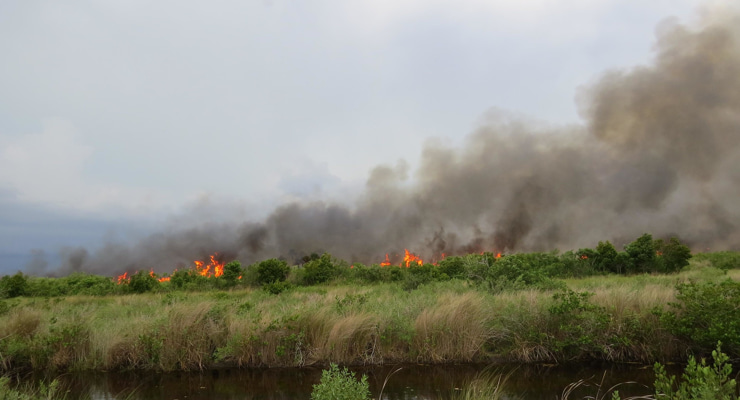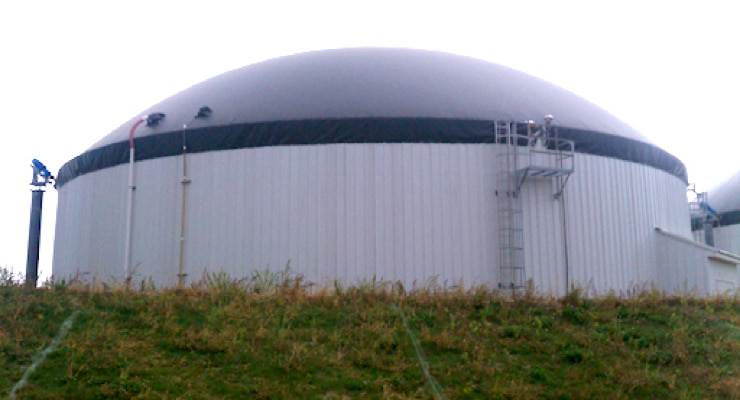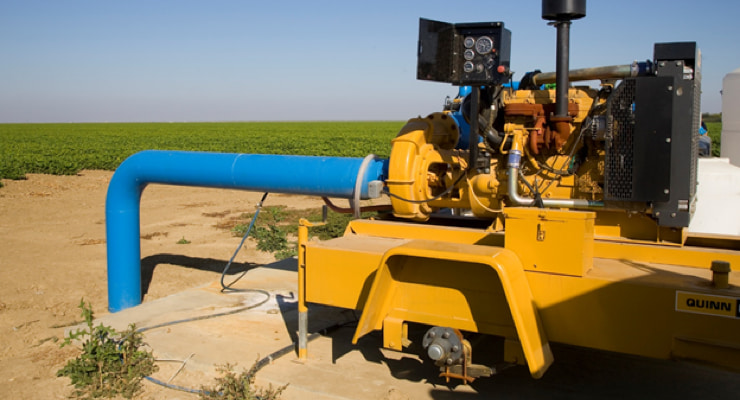Air
Clean air is fundamental to our and our environment’s well-being. Contaminants in air can affect our health, and also the health of wild animals and livestock. Agricultural operations can have significant impacts on air quality, however there are programs and practices available to help prevent and alleviate issues.
Get Assistance for Your Conservation Issues
Review common air problems below and add issues you may be experiencing to My Conservation Concerns List. If you are experiencing other types of problems, continue to build your list by exploring the categories at the bottom of each page.
When you’re done, click Build Your List to finalize your list and get connected with free assistance from our conservation experts.
Note: NRCS is not a regulatory agency. None of your answers will be recorded or reported.
Locate Your USDA Service Center

Service Centers Found for County
Select one or multiple Service Centers.
Air Quality Issues
Dust, smoke, and other emissions
Emissions of dust, smoke, and certain compounds can cause negative environmental impacts such as reduced visibility, unwanted deposits on surfaces, and effects on human and animal health.

Wildfire in the Merritt Island National Wildlife Refuge, Florida
Causes
- Unpaved roads
- Bare/exposed agricultural fields
- Operations (tillage, harvesting, etc.) on agricultural fields
- Chemical applications
- Combustion (engines, burning)
- Animal operations
Possible Solutions
- Reduce travel/speed and treat unpaved roads
- Residue management, precision farming
- Wind barriers
- Integrated pest management
- Smoke management, wildfire risk reduction
- Engine replacement and retrofit
- Open lot manure harvesting/removal and management
- Animal housing maintenance and ventilation
Resources
Emissions of greenhouse gases
Greenhouse gases trap heat in the Earth’s atmosphere. Emissions from sources such as animal operations, the use of nitrogen fertilizers, the use of fossil fuels, or loss of carbon from soils and plants can increase concentrations of these gases which contributes to the greenhouse effect. The greenhouse effect traps heat close to the surface of the earth.
The primary agricultural greenhouse gases are methane, nitrous oxide, and carbon dioxide.

Anaerobic digester in Wisconsin
Causes
- CH4 (methane) production from animal operations
- N2O (nitrous oxide) emissions from excess nitrogen fertilization
- CO2 (carbon dioxide) emissions from the use of fossil fuels
- CO2 (carbon dioxide) emissions from soil tillage
Possible Solutions
- Anaerobic digesters or covered lagoons
- Feed management to improve feed efficiency and lower enteric methane emissions and nitrogen excretion
- Nitrogen fertilizer management
- Renewable energy (solar, wind, biofuels), and better combustion processes and efficiencies
- Conservation tillage and reduced soil disturbance
- Riparian forest buffers
- Tree and shrub planting
Objectionable odors
Foul odors can arise from agricultural operations, such as manure storage, animal housing, manure application, or burning biomass. These odors can be irritating to communities or individuals and are often harmless, however some odors can cause health problems when they occur in high concentrations very near the source. Volatile organic compounds (VOCs), ammonia, and odorous sulfur compounds are known to cause nuisance conditions.

A waste management system in Mount Olive, North Carolina
Causes
- Confined animal areas
- Manure application
- Burning
Possible Solutions
- Moisture management to control dust and odors associated with livestock confinement areas
- Manure injection for land application
- Managing manure applications to reduce odor impacts
- Manure treatments to control ammonia
- Prescribed burning management
- Windbreaks
Resources
Ground-level ozone compounds
Agricultural operations can emit certain gases that later combine in the atmosphere (ozone precursors - oxides of nitrogen (NOx) and volatile organic compounds (VOCs)) to produce ground-level ozone. Ground-level ozone can have negative impacts to plants, animals, and sensitive ecosystems. The largest source of VOCs worldwide is vegetation. NOx is primarily produced in combustion, such as in engines and fires. When manure, feed, or animals decompose they can produce NOx and VOCs. Pesticides can also emit VOCs.

Low-emission irrigation engine in California’s Central Valley
Causes
- Combustion (engines, burning)
- Chemical storage and application
- Animal operations
- Manure handling
Possible Solutions
- Engine replacement and retrofit
- Prescribed burning and alternatives, wildfire risk reduction
- Proper chemical storage and integrated pest management
- Animal housing and surface lot moisture management
- Liquid manure systems, manure covers, feed management
- Comprehensive nutrient management planning
Resources
Airborne Nitrogen Emissions
Nitrogen emissions in the air, also referred to as airborne reactive nitrogen, are comprised of ammonia and oxides of nitrogen (NOx). Ammonia typically comes from fertilizer application and animal operations, while oxides of nitrogen usually come from combustion, such as fires or engines, or emissions from soils and manure management.
These emissions can cause problems such as unwanted fertilization in sensitive ecosystems and can cause conditions that degrade visibility.

Fertilizer being applied to farmland
Causes
- Nitrogen application
- Combustion (engines, burning)
- Animal operations
Possible Solutions
- Apply nitrogen using the 4Rs (right nutrient source, applied at the right time, at the right rate, and in the right place)
- Smoke management, ensure good combustion for applied fires
- Proper engine/combustion unit maintenance and operation
- Engine/combustion unit replacement and retrofit
- Feed management for nitrogen-based nutrients
- Proper manure management
Resources


My Conservation Concerns List
The concerns you add will appear below. When you’re done adding issues, click the button below to finalize your list and find your local USDA Service Center.
